Sculptural restoration
The term " sculptural repair" is generally used in the construction industry to describe the application of a wet repair mortar, usually cementitious in nature, to the eroded, damaged surface or edges of natural stone masonry to restore it to its former shape or level.
Sculptural repairs should be used to restore details, lines, planes and levels of masonry that, without repair, would lead to excessive weathering of the surrounding masonry and thus accelerated deterioration of otherwise intact elements. In addition, they offer a significant advantage over masonry replacement.
The haphazard use of replacement stone may have left many buildings with a thin layer of new stone that rarely matches the true characteristics of the original and often results in highly invasive interventions into the otherwise stable structure. Many of the thin skins have been backed with concrete, bricks or other unsuitable materials, or significant voids have been left behind the new superstructures.
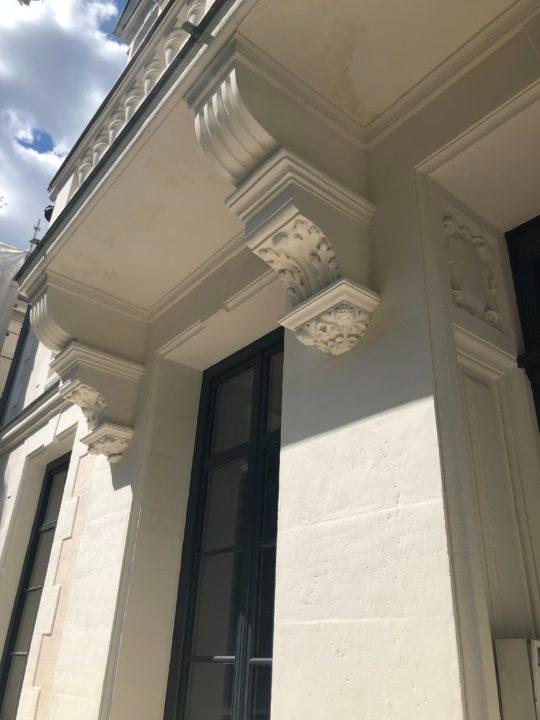
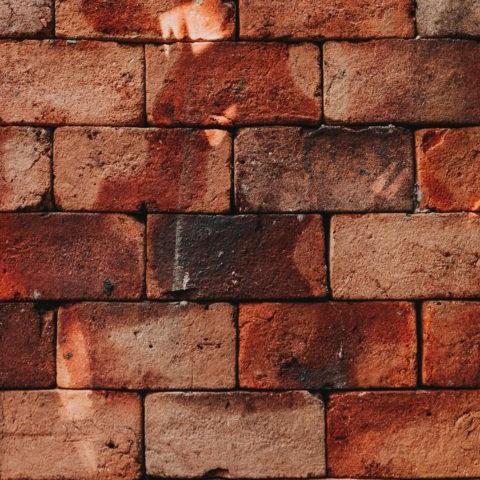
Colours
The most important visual feature of masonry is its colour. ST.ONE® can be colour-matched with proven lightfast pigments.
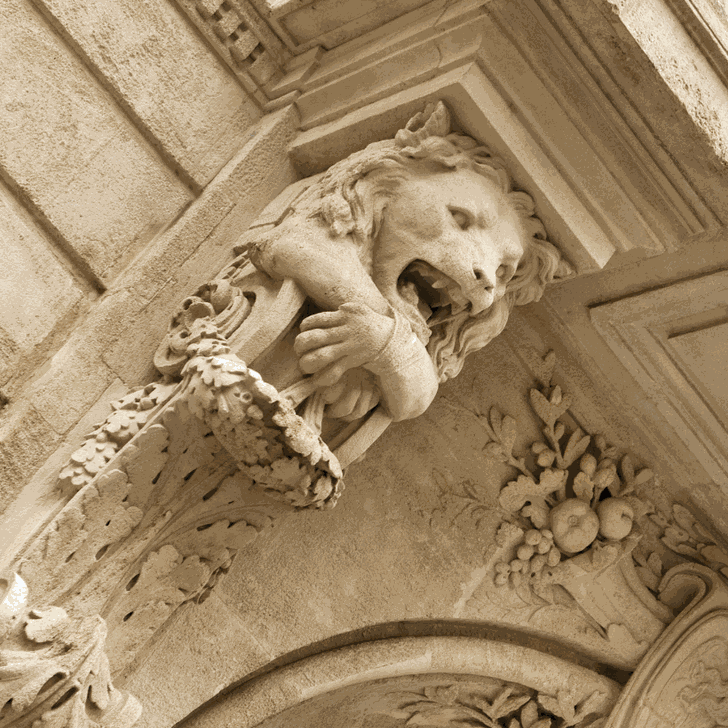
Finish
The finish of a repair material requires skill on the part of the user, but also good physical consistency after curing. ST.ONE® can be worked well with standard masonry tools or at the time of application by experienced craftsmen.
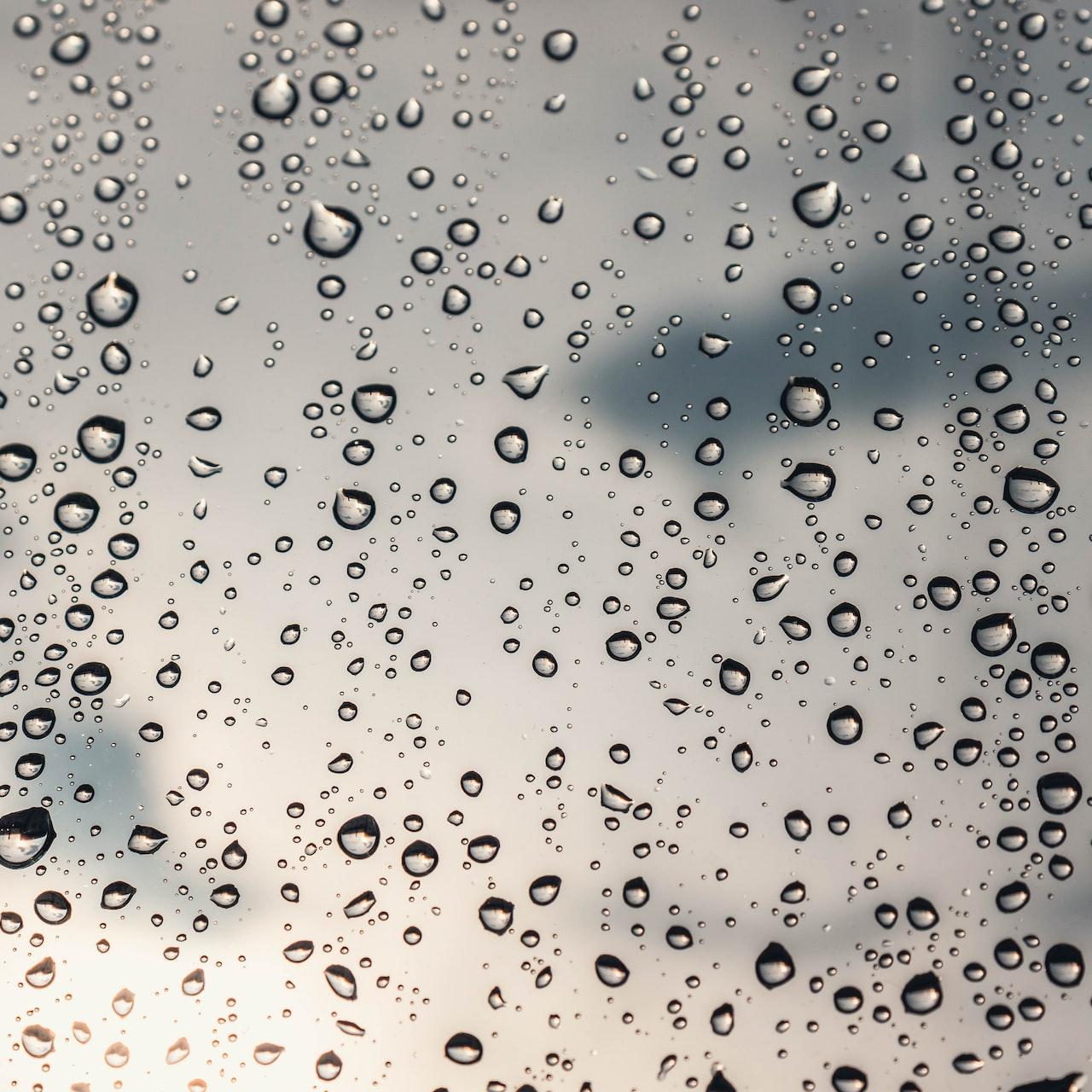
Absorption
Repair mortar must absorb liquid and correspond to the existing surface condition. ST.ONE ® can demonstrably absorb water on its hardened surface.
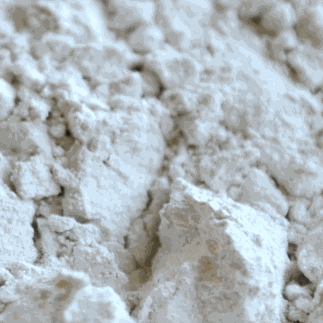
Breathability
The extent to which a building material allows moisture to be transported to the surface and evaporate harmlessly should be at least equalled or even exceeded by the repair material. The higher the breathability of the repair material, the faster the moisture is released from the host masonry. ST.ONE ® has a very high degree of breathability due to its vapour permeability.
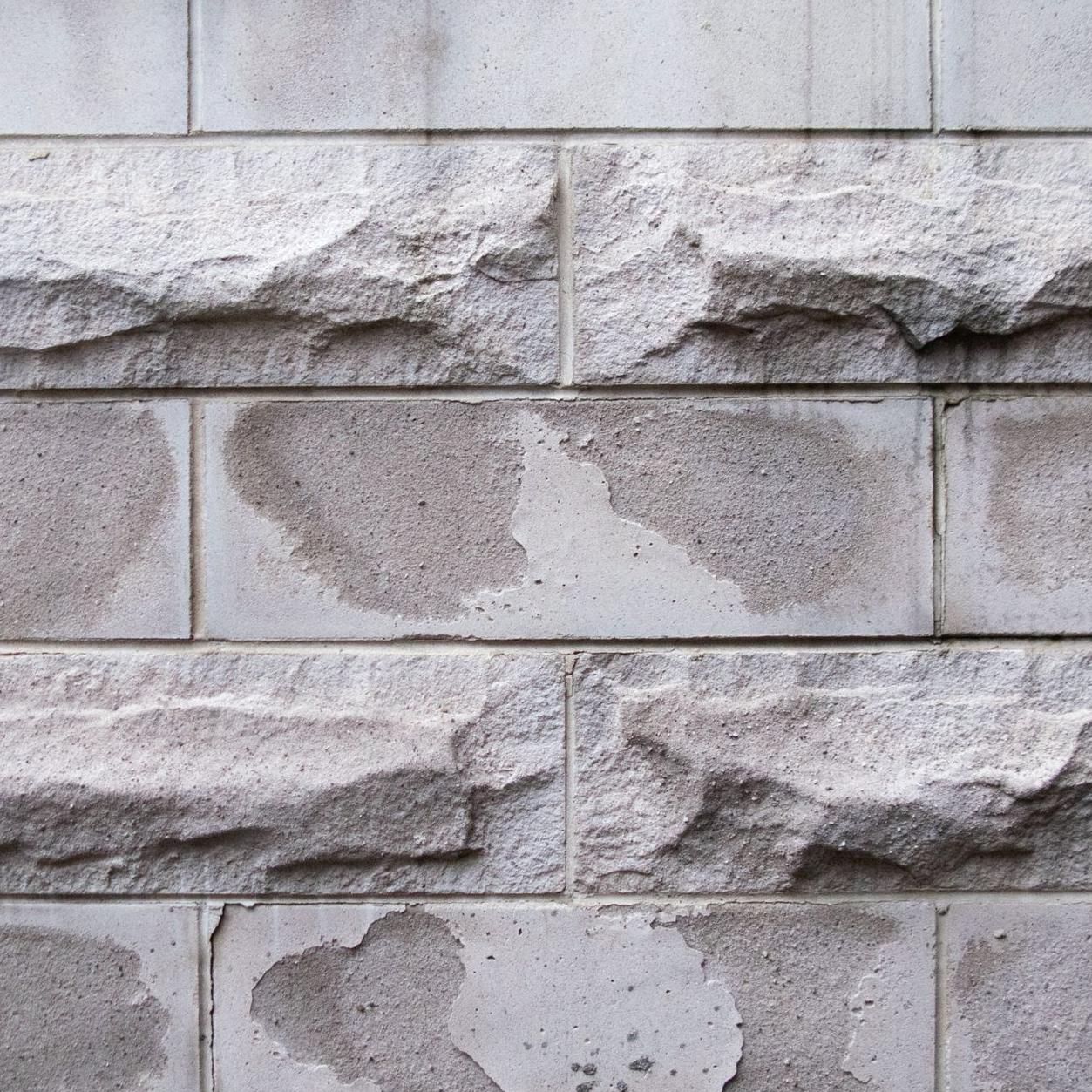
Capillarity
Is the rising of liquids in narrow tubes (capillaries). Capillary pores occur mainly in dense cement materials and retain water, thereby reducing evaporation. This is not a desirable property in a building or repair material. Many naturally occurring sandstones do exhibit some capillarity, but this is rarely continuous.
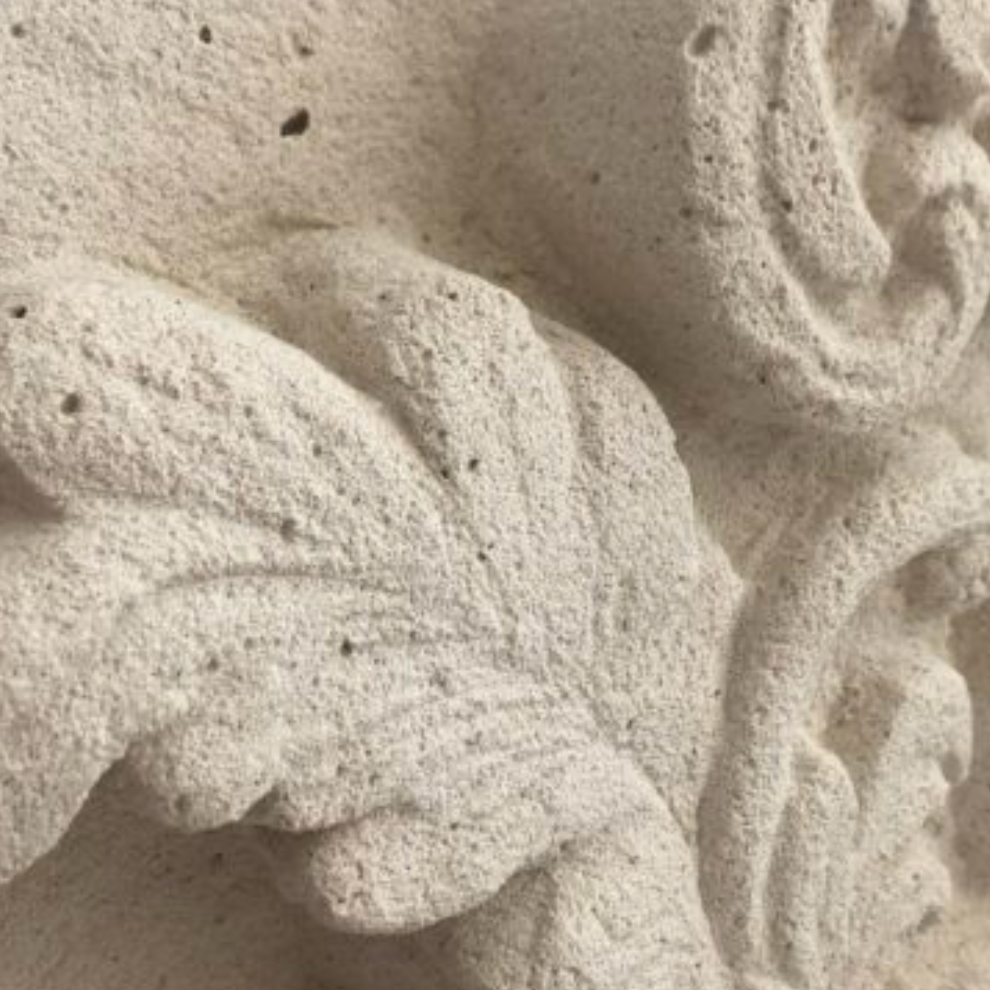
Porosity
It defines the number of holes (pores) per unit volume of material and can have an influence on the durability and breathability of the masonry and the repair material. The pore dimensions of ST.ONE ® cover a very wide range.

The whole product range
Based on Saint-Astier® lime - Over 30 years of experience - Up to 10 cm layer thickness - Can be applied for up to 48 hours
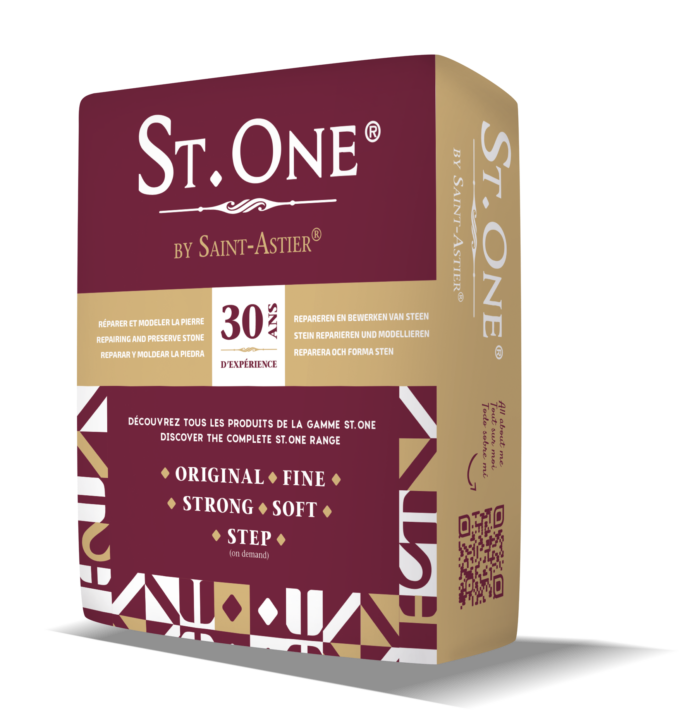
ST.ONE® Soft
Specially developed for the thick reconstruction of veneers (architectural ornaments) carved and chiselled from soft to very soft and fine-grained stone.
(e.g. tuff, chalk)

ST.ONE® Strong
Specially developed for the thick reconstruction of veneers (architectural ornaments) carved and chiselled from hard to very hard stones. (e.g. granite)

ST.ONE® Step
For horizontal surfaces.
For restoring steps, repairing thresholds, kerbstones, paving stones, stone slabs, window sills and wall coverings.

ST.ONE® Facing
Stone levelling mortar specially developed for repairs in thin layers (less than 10 mm). For soft to hard stone substrates.


 For a successful surface repair, the materials used must have very specific properties.
For a successful surface repair, the materials used must have very specific properties.

